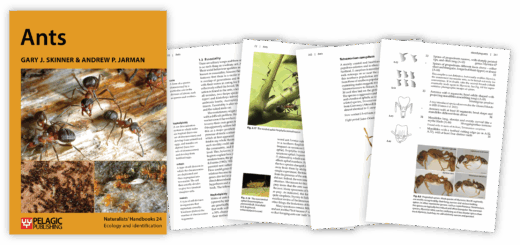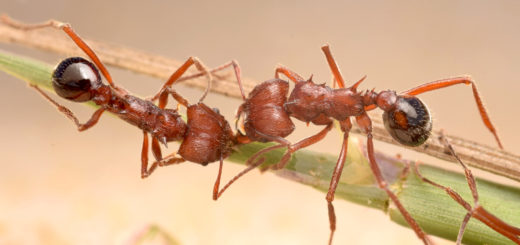Socioeconomic and environmental impacts of ants

A View by *Monica A. M. Gruber, Davide Santoro, Meghan Cooling, Philip J. Lester, Benjamin D. Hoffmann, Christina Boser, Lori Lach
Edited by: Gaurav Agavekar, Patrick Krapf, James Trager

In the article “A global review of socioeconomic and environmental impacts of ants reveals new insights for risk assessment,” published in June 2022 in Ecological Applications, we set out to identify priority ant species for biosecurity. Several reviews have been published on the ecological impacts of invasive ants, but we knew of no global syntheses of socioeconomic impacts. Disruptions to lifestyles and increased livelihood costs often sway decision-makers and influence public policy. So, we were particularly interested in capturing socioeconomic impacts that ant invasions bring about.
The other novel element of the paper was the use of standardized frameworks. We applied three frameworks: Environmental Impact Classification of Alien Taxa (EICAT), Socioeconomic Impact Classification of Alien Taxa (SEICAT), and Generic Impact Scoring System (GISS). All three have been developed in the past 4-7 years. The International Union for the Conservation of Nature has adopted EICAT as the standard assessment tool for classifying impacts of alien invasive species. Global analyses using one of these frameworks have only been completed for a few taxa. Rarer still are assessments that combine more than one of these frameworks.

We performed standardized literature searches and came up with 641 unique records for 100 named ant species that met assessment requirements. It will probably surprise no one that the species considered most harmful in one or more frameworks were Solenopsis invicta (red imported fire ant), Anoplolepis gracilipes (yellow crazy ant), Wasmannia auropunctata (little fire ant or electric ant), Linepithema humile (Argentine ant), and Pheidole megacephala (African big-headed ant). Categorization across the frameworks was broadly congruent, with some notable exceptions. Pheidole megacephala was categorized as having much higher environmental impacts (EICAT and GISS environmental score) than socioeconomic impacts (SEICAT and GISS socioeconomic score). To a lesser degree, the same was true of Monomorium floricola, Myrmica rubra, Tetramorium bicarinatum, Brachyponera chinensis, Lasius neglectus, and T. simillimum. The opposite was true for Trichomyrmex destructor and Monomorium pharaonis – socioeconomic impact was assessed as moderate, whereas environmental impact was assessed as a minor or minimal concern.

An important feature of these frameworks to keep in mind is that the ultimate score or category assigned to a species is based on the highest reported impacts, regardless of how many studies that represents or how well-studied the organism is. For example, if a species has been the subject of ten studies and in nine of them minor impacts were reported, but in the tenth severe impacts were reported, the categorization from the tenth study is applied for EICAT and SEICAT frameworks. For GISS, the highest scores from twelve categories are summed to arrive at a total, but those scores may come from different papers. Hence, additional studies that report more severe impacts will result in higher impact classifications, but no number of additional studies will lower impact classifications in any of the frameworks.
For a few reasons, you might expect that the most studied species would also be categorized as having the greatest impacts, but this was not the case. For SEICAT, S. invicta accounted for about a fifth of the records assessed but had the same category of impact as A. gracilipes (MR=major), which accounted for less than 4% of records, and both were scored as having lower socioeconomic impact than W. auropunctata (MV=massive), which accounted for about 8% of records. Similarly, for EICAT assessments, S. invicta accounted for about a third of the studies but had the same impact category (MV) as P. megacephala and A. gracilipes, which accounted for 6% and 12% of records, respectively. Except for L. humile, which accounted for 20% of records and W. auropunctata, which accounted for just under 5% of records, the other 23 ant species that were scored as next most harmful (MR=major) accounted for less than 3% of records.
There is much more to the paper than we can cover here, so please read it! We’ve made all the data available on Dryad for fellow myrmecophiles to explore. https://doi.org/10.5061/dryad.2280gb5t2.






Recent Comments